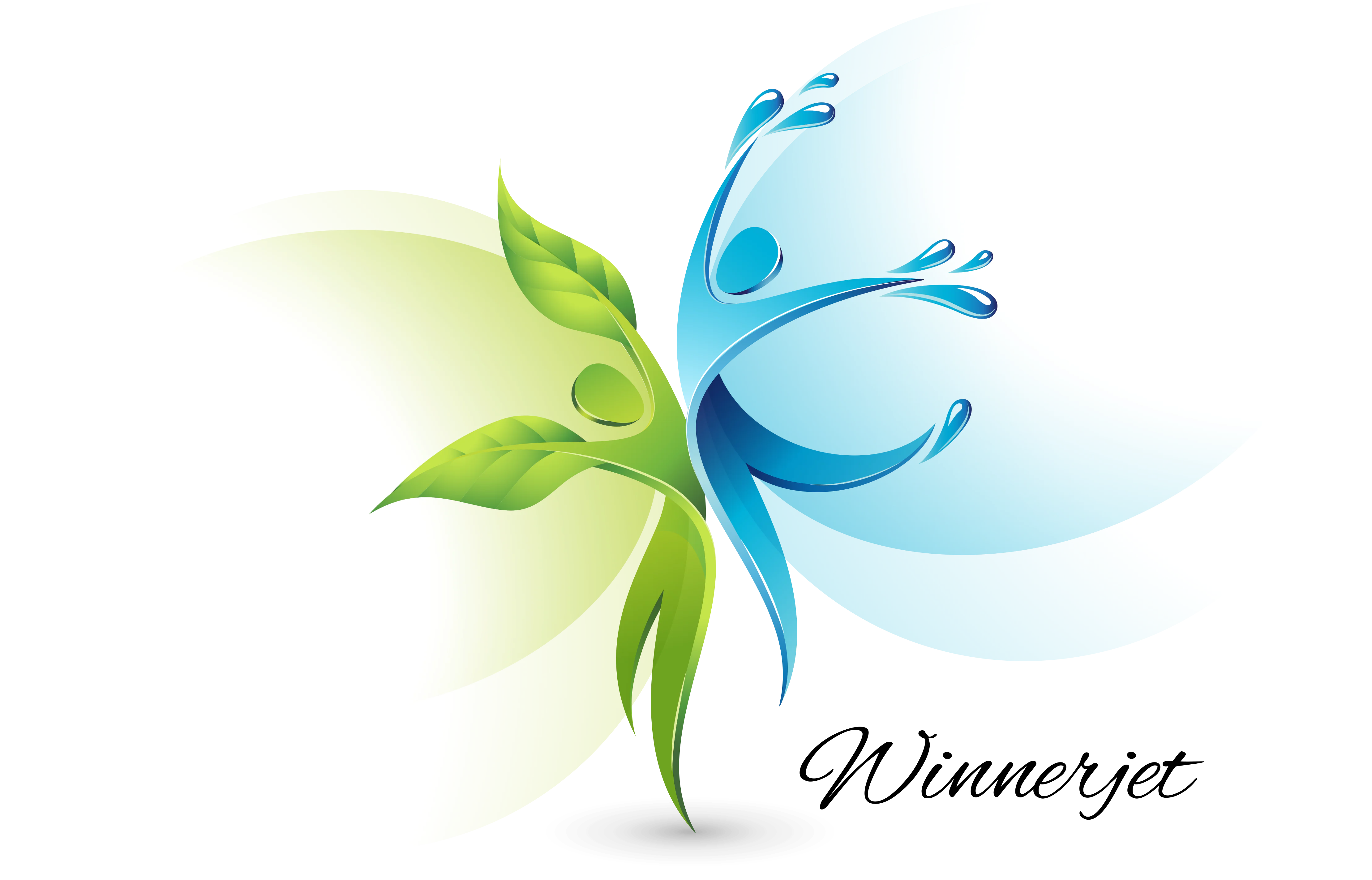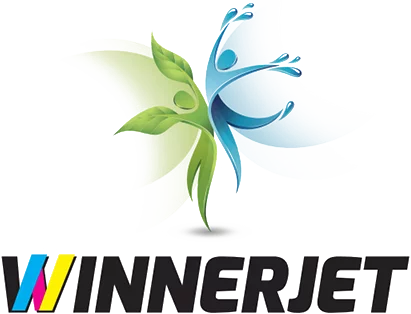Suppose you have wild ideas and want to print the design in your head on various items such as t-shirts, tote bags, and mugs. Heat sublimation printing is the best option for you.
Sublimation printing technology can be used on fabrics such as t-shirts and tote bags, but it can also be customized for ceramics, metals, and even mobile phone cases.
Follow us as we explore the fascinating aspects of sublimation technology: how it can be used to achieve customized printing, its advantages and disadvantages, and the areas and products in which it can be applied.
What is sublimation printing?

Sublimation printing uses sublimation inks to print a design on a specific paper and then uses the heat and pressure of a heat press to transfer the design to the substrate. This process results in vibrant, long-lasting prints.
Because sublimation printing produces high-quality, long-lasting prints, it is used in various applications such as apparel, home décor, and lightweight, customized metal and ceramic. It can print intricate patterns and full-color images, making it ideal for personalizing bespoke products.
How Sublimation Printing Works?

- Design : Use the software to create designs and save them as high-resolution, adequately formatted files.
- Printing: Sublimation printers use ink to print the design onto sublimation paper.
- Heat Transfer: Place the printed paper on (a phone case, ceramic mug, t-shirt) or other product. Place both in a sublimation heat transfer machine with the heat press set to the proper temperature (usually around 392°F or 200°C). Apply constant pressure for 20-50 seconds to transfer the pattern.
- Finish: Allow the product to cool, and you will have a brightly colored, long-lasting pattern.
Sublimation Printing vs DTF Printing vs DTG Printing
Sublimation, DTF, and DTG printing, each with their advantages and disadvantages, let’s explore the next step and find the best printing method for your business.
| Feature | Sublimation Printing | DTF Printing | DTG Printing |
| Print Quality | In rich colors with rich and lasting details | Vivid and long-lasting colors | High-resolution, clear details |
| Durability | Excellent, resistant to fading and cracking | Durable, flexible prints | Good, but it may fade over time |
| Washability | Excellent, maintains quality through washes | Good, retains color and flexibility | Good, it may fade slightly over time |
| Applicable materials | Polyester and polymer-coated items | Wide range, including cotton and blends | Primarily cotton and blends |
| Color Scope | Bright colors, limited to light colors on polyesters | Wide range, works on dark and light fabrics | Wide color range, vibrant on cotton |
| Production Speed | Fast production | Moderate, requires additional steps (films and powders) | Slow, depending on design complexity and size |
| Costs | Low for small runs but limited to specific materials | Moderate, cost-effective for diverse materials | The high initial investment is cost-effective for large runs |
| Design Requirements | High complexity possible | Handles complex designs well | High complexity possible, but slower |
| Volume | Efficient for small to medium runs | Suitable for small to medium runs | Ideal for small to medium runs |
| Environmental Impact | Less waste, but relies on synthetic materials | Some waste from the transfer film | High water and ink usage |
What are the sublimation printing applications?

- Fashion and apparel: customized t-shirts, sportswear, jerseys, socks, scarves, etc.
- Home decor: personalized cushions, curtains, pillows, wall art, etc.
- Promotional products: mugs, mobile phone cases, tote bags, etc.
- Personalized gifts: mouse pads, gaming table mats, keychains, etc.
Advantages of Sublimation Printing

- Bright, vibrant colors and rich detail are ideal for intricate designs and full-color images.
- Colors are long-lasting and resistant to fading, cracking, and peeling, ensuring high-quality results.
- Affordable, low MOQ requirements, suitable for small to medium-volume printing.
- Precise ink usage with minimal waste.
- Customized fast processing for quick turnaround times and high-quality output.
- The printing process is more environmentally friendly than other inks.
Disadvantages of Sublimation Printing

- Material limitations. Mainly suitable for polyester and polymer-coated materials. Natural fibers that have not been specially treated are not ideal and require a coating when used on Cotton and other natural fabrics.
- Colour limitations. It can only print on white fabrics, not black or other dark-colored products.
- High initial investment. Requires specialized printers and heat presses, with higher upfront costs than other printing methods.
How do you start your sublimation printing journey?

Factors to consider
- Business needs and objectives. Determine the target market (country, demographic, distribution channel, etc.) and product range. Determine throughput requirements and customization options.
- Budget and Scalability. Calculate the cost of initial investment and ongoing operations based on budget. Plan for future growth and expansion capabilities.
Tips for Success
- Evaluate Equipment Quality. Research and compare different brands of sublimation printers and heat press models. Look for machines that improve efficiency and print quality.
- Find reliable suppliers of consumables. Choose suppliers with good reputations and customer support. Ensure the quality of sublimation ink, paper, and other accessories is guaranteed, affordable, and available in a stable volume.
What sublimation products does Winnerjet offer?

At the Winnerjet shop, you can find high-quality Sublimation inks compatible with printers such as Epson, Miamki, Sawgrass, and more. With vibrant and long-lasting print colors that won’t fade, wholesale factory prices, and a customization service, our inks are perfect for realizing your creative designs!
Printer Care and Maintenance
- Clean regularly. Clean the printer printhead and nozzles to prevent clogging.
- Continuous use. Use the printer regularly to keep the ink flowing and prevent it from drying.
- System updates. Keep the software updated for optimal performance.
Sublimation Material Handling and Storage
- Sublimation Ink
- Store in a dry, cool place protected from sunlight.
- Ensure bottles are sealed to prevent contamination and cap promptly when not in use.
- Sublimation Paper
- Keep paper flat and dry to prevent warping.
- Store in a dust-free environment to maintain quality.
Future Trends in Sublimation Printing

As technology advances, improvements in printer technology will lead to faster print speeds and higher resolutions. Also, upgraded color management systems will lead to more accurate printing. The development of automation and integration will simplify workflow and improve printer efficiency through automated processes.
Upgraded material compatibility. New coatings have been developed to enable sublimation in a broader range of materials, breaking through the limitations of current materials and expanding the commercial sector
Conclusion

As technology advances and more and more new printing (DTF Printing) methods continue to emerge, the application areas and material compatibility of sublimation printing continue to expand. This has enabled sublimation printing to take its place in the industry and is a valuable tool for businesses and creatives looking for innovative and sustainable printing that can produce delicate custom designs.
Winnerjet, an ink manufacturer with over 20 years of experience in the production of inks, provides our customers with sublimation printing solutions and other printing solutions such as DTG, DTF, etc. If you are still hesitant, you can contact us, and we will arrange for an expert to develop a suitable printing solution for you.


